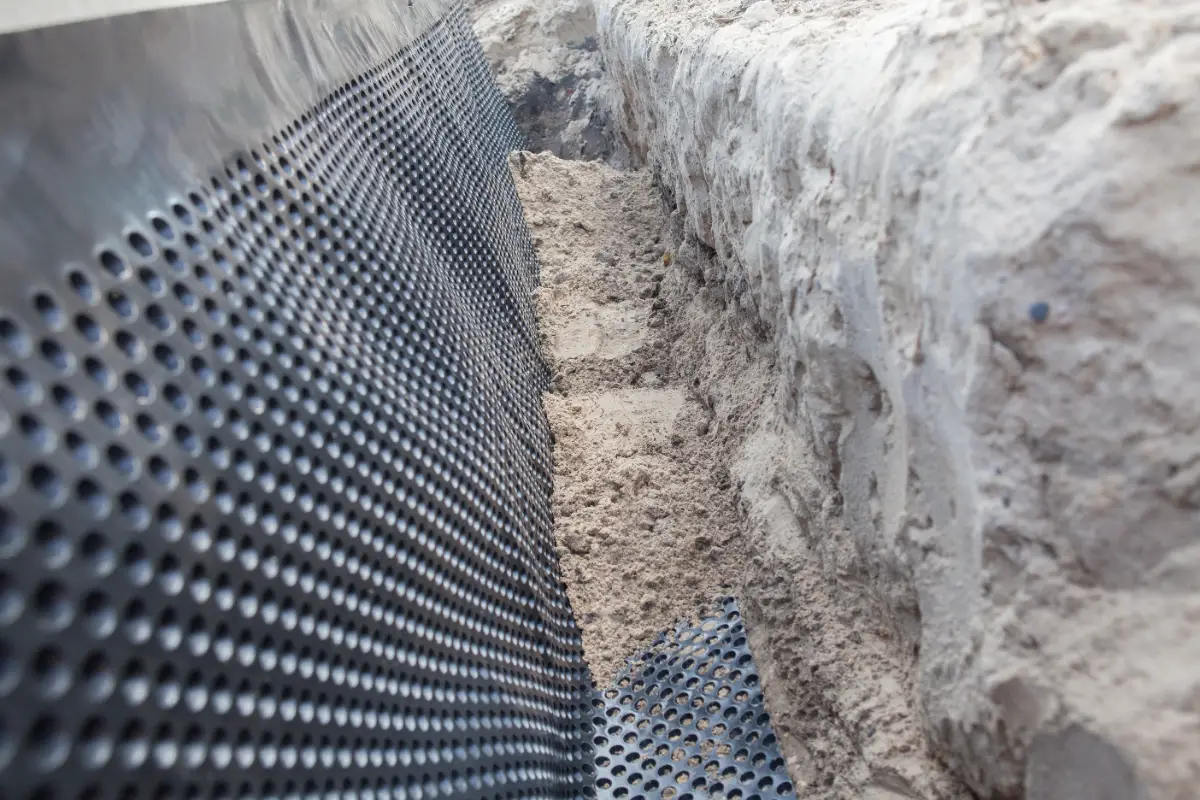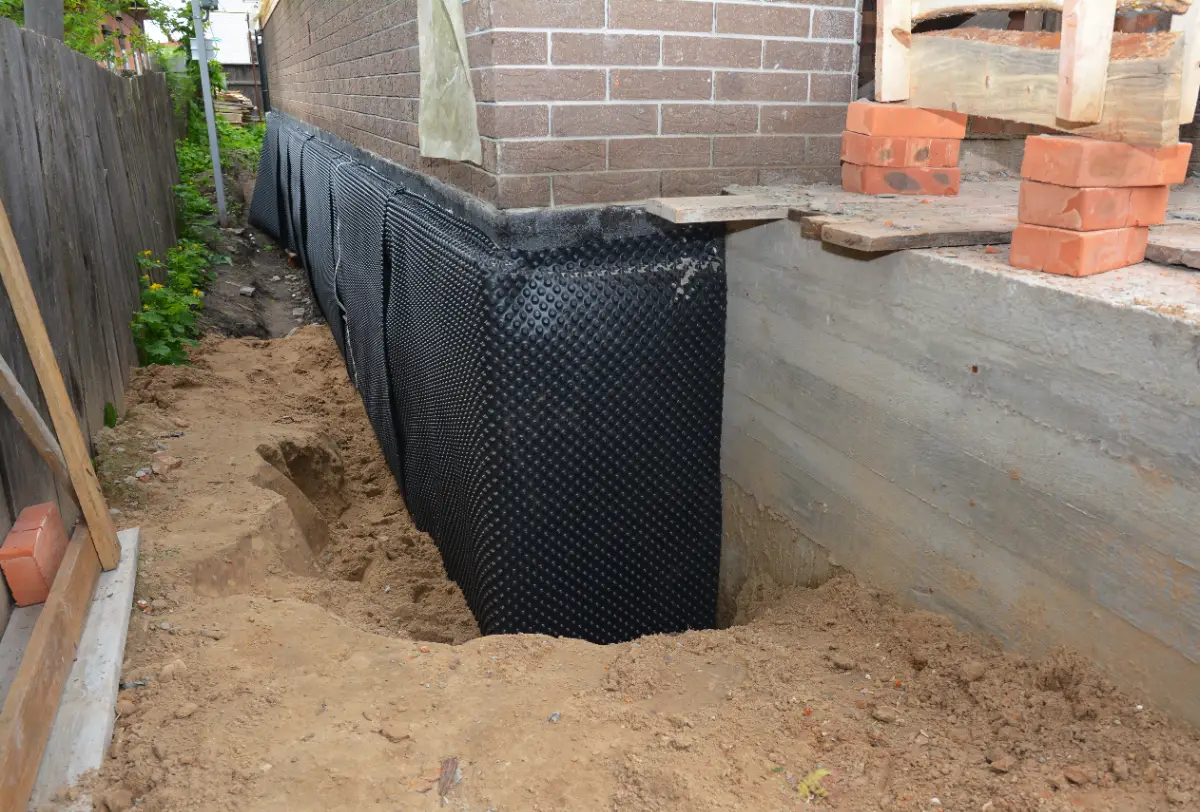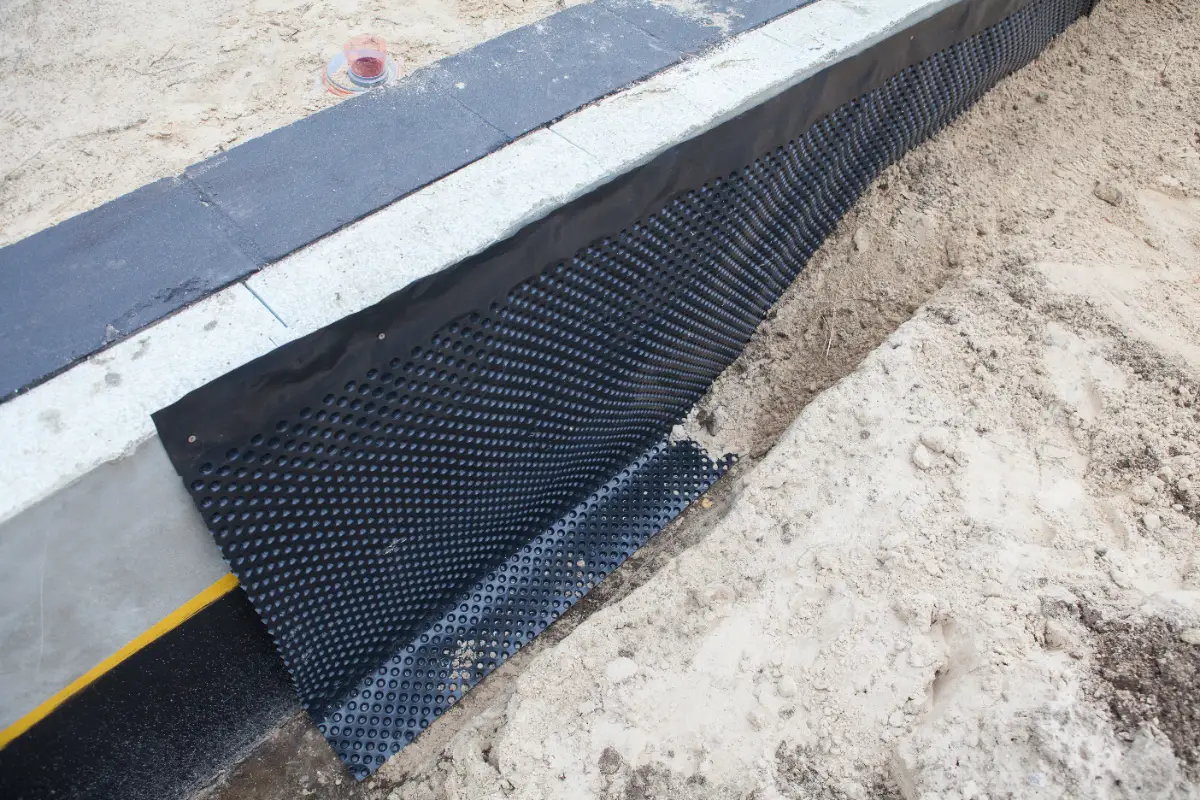Basement Waterproofing in Locust Valley, NY
Stop Basement Water Damage Permanently
Professional basement waterproofing solutions that actually work for Long Island’s unique soil and weather challenges.

Hear About Us

Professional Waterproofing Services Locust Valley
You’ll never worry about water damage again. No more rushing downstairs during storms to check for leaks. No more musty smells or mold concerns affecting your family’s health.
Your finished basement becomes a space you can actually use and enjoy. Store belongings without fear, let kids play safely, and stop losing sleep over potential flooding.
Your home’s value stays protected. When it’s time to sell, buyers see a properly maintained property instead of a basement with water stains and moisture issues that scream “expensive problems ahead.”
Basement Waterproofing Company Locust Valley
We specialize in both masonry and waterproofing services throughout Nassau County. We understand how Long Island’s clay soil holds water and puts constant pressure on your foundation walls.
We’ve seen every type of basement water problem this area throws at homeowners. Stone foundations from the 1940s that need exterior sealing. Newer homes where interior drainage systems work better. Emergency situations where water’s coming in faster than you can bail it out.
Our approach is straightforward: assess your specific situation, explain what’s actually causing the problem, and recommend the solution that makes the most sense for your home and budget.

Basement Waterproofing Process Locust Valley
First, we inspect your basement thoroughly to identify exactly where water’s entering and why. We check foundation walls, floor joints, window wells, and exterior grading. No guessing—we find the actual source.
Next, we explain what we found in plain terms and recommend either interior waterproofing, exterior waterproofing, or a combination approach. Interior systems handle water that’s already entered. Exterior solutions stop water before it reaches your foundation walls.
Then we complete the work using professional-grade materials designed for Long Island’s conditions. Proper drainage systems, high-quality sealers, and waterproof membranes that handle our soil and weather patterns. We clean up completely and walk you through what we’ve done so you understand how your system works.

Ready to get started?
Explore More Services
About Diamond Masonry & Waterproofing
Get a Free Consultation
Waterproofing Solutions Locust Valley NY
You get both interior and exterior waterproofing options depending on what your basement actually needs. Interior systems include drainage channels, sump pumps, and wall sealers that handle water after it enters. Exterior solutions involve excavation, membrane installation, and proper drainage that stops water before it reaches your foundation.
We handle the full scope of basement moisture problems. Crack repair in foundation walls, window well waterproofing, and proper grading that directs water away from your home. Emergency water removal when you need it fast.
Every solution uses materials specifically chosen for Long Island’s challenging conditions. Our basement wall sealers penetrate deep into masonry and concrete. Drainage systems are sized correctly for our soil types and typical rainfall patterns. You’re not getting a generic approach—you’re getting waterproofing that works here.

Should I choose interior or exterior basement waterproofing for my home?
How long does basement waterproofing typically last in this area?
What causes basement water problems in Long Island homes specifically?
How much does professional basement waterproofing cost in this area?
Can you waterproof basements during winter months on Long Island?
What should I do if water is actively coming into my basement?
Local Resources
- Google Map Link
- Find the Locust Valley, NY USPS
- Locate Nearby Locust Valley, NY Pharmacies
- View the Current Weather in Locust Valley, NY
- Locust Valley, NY is located in Nassau county in New York State